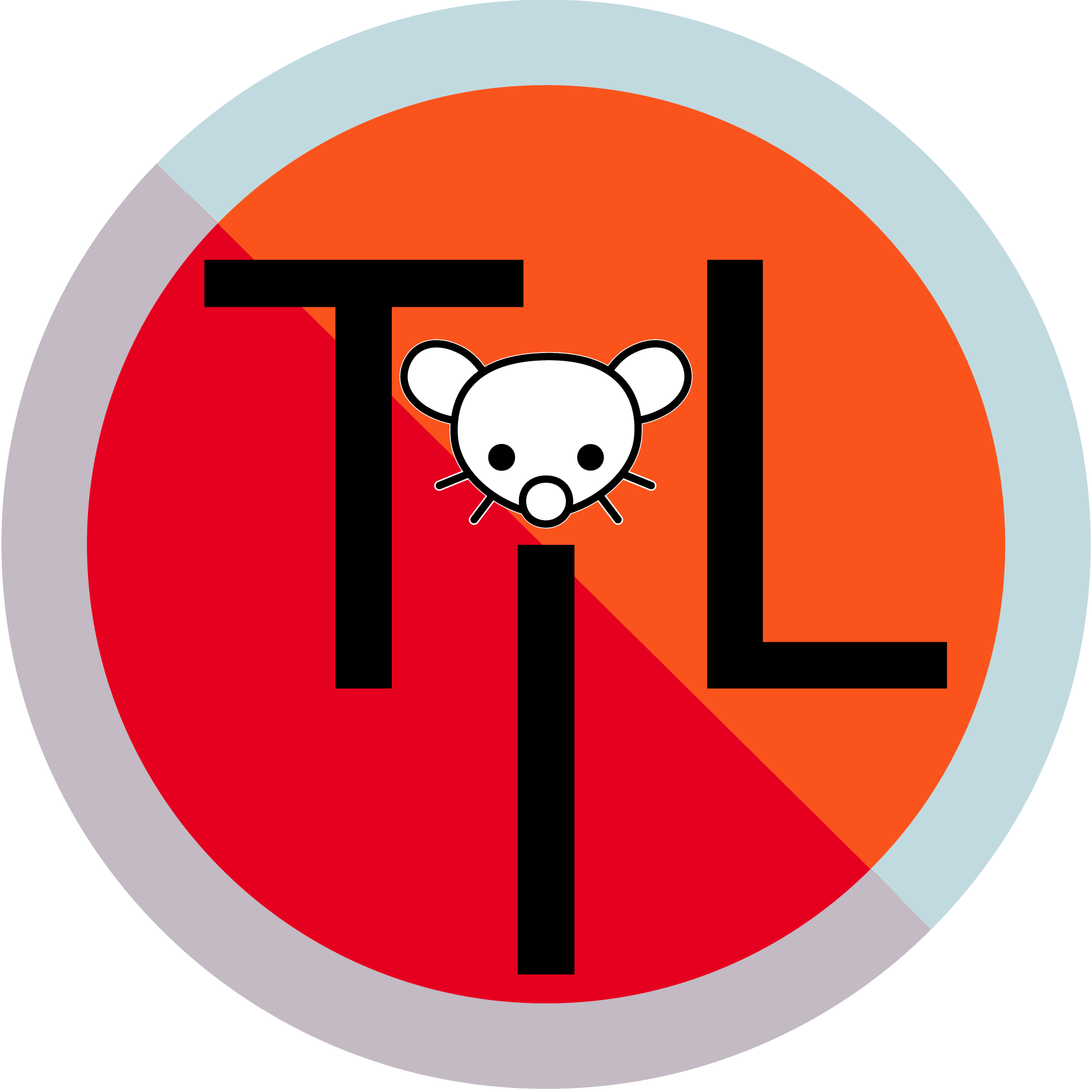Basically, the company had to pay for its own buyout when private equity firms KKL, Vornado, and Bain bought the company for $6.6 billion, mostly with loans.
Because the company then had to pay off those extreme loans, they were forced to sell off their assets and property, which they leased back from the very private equity firms that now owned them.
The same thing happened more recently with Red Lobster and JoAnn Fabrics.



It’s a cycle I can describe, but cannot understand. A business has some minor decline in sales, or profits, or whatever. Private equity firms convince one group of people this is the biggest disaster, and the company is ruined forever, hardly worth anything. Simultaneously, they convince a second group of people that the company has a strong business model, and will recover soon.
The second group lends the company a ton of money to buy itself from the first group of people, for the private equity firm. Now, the private equity firm tries to make a temporary spike in value, pay themselves large dividends, and sell the (now actually, fundamentally broken) company for as much as they can.
The original shareholders lose. The employees of the business lose. The banks (or their insurance company) lose. Private equity wins.
My lack of understanding is, if I were a bank, I would spot this scam either the first, or second time it happens. Next time Mitt Romney came to ask me for ten billion dollars, I would tell him to pound sand. How has it taken actual professional bankers hundreds of times to (still not) see the cycle?
Likewise, the insurance companies backing some of these loans must know they’ve lost billions on this. Why haven’t they done anything?
The banks get paid first. As long as the company’s assets are large enough, they work with the PE firm to strip anything of value to repay the loans, the the PE firm walks away with whatever’s left.